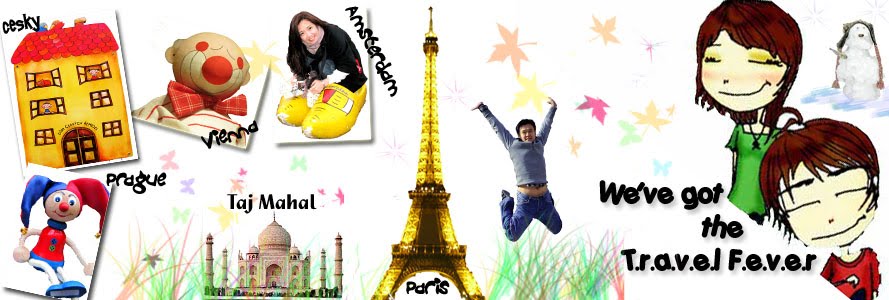.
Outside the train station, we were mobbed by taxi drivers, each trying to undercut the other's price. We were worried, we wanted a decent driver who could understand, speak english and know his way around. In many ways, we were again lucky to find just that driver, Tahir. He showed us his
guestbook that penned praises and thanks from his foreign passengers. With only a day scheduled in Agra, we were very eager to begin our journey but he persuaded us to have an early morning tea before beginning a hectic day.
It was good..Beautiful morning in the backyard of a family restaurant.
Back home, when we did our research on Agra, we pictured palaces, forts, temples and the beautiful Taj Mahal. Our expectations were quite different from the reality that awaited us. We had no idea that visiting Agra, home to so many UNESCO World Heritage sites and the greatest monument of love, came at the price of witnessing so much sufferings. The streets were crowded with anything you could possibly imagine, donkeys, children, cows, rickshaws, trucks, horses, lorries, dogs, fragile old people. There were children digging through rancid trash alongside wildboars in search of food scraps. On the other side of the street, a butcher was hacking away at the remains of a cow. Mothers carrying their babies fast approaching our car to beg for money. I will never forget how i felt that day. It is
the definition of the
survival of the fittest. How do people adapt to this life? Or perhaps this is their life to begin with. Certainly along the way, there were beautiful sights too, but there was no joy in taking it in.
Our first stop -
Fatehpur Sikri - a UNESCO World Heritage Site

The
royal city built at the orders of Mughal Emperor Akbar houses many majestic red sandstone forts and buildings. He wanted a dreamcity for his wife and 300 concubines where they could live a glorious life. It is impossible to grasp the beautiful and sometimes ironic stories of places as such without a guide. We got one. As he spoke and we walked, we were amazed at what was unfolding before our eyes. Every single piece of architecture had a story to it.
Halfway through a photographer came by and offered to take our pictures. I dont know how he did it, but he made me do poses that I cringe at when looking back later.
Gali. He snapped away and later asked for money in exchange for the pictures. WTF.
Something to watch out for. There's 3 sections to this fort. The most memorable ones to me are:
- the tomb of Sheikh Salim Chishtis. Many pilgrims still come to this tomb and ask for a wish, 3 wishes infact. We bought a
package consisting of 3 red strings, a blanket and some flowers. When entering we were to change into sandals, wear a
songkok, tie each string to window carvings and make our own silent wish, and finally lay the blanket and flowers over Salim's tomb.
- top right picture: a replica of the mosque in Mecca.
- bottom right picture: carvings of earrings then.
- the Palace Complex. At the courtyard laid the world's largest Parceesi Board, one of Akbar's favourite spots. Where human players are used as tokens, Akbar used slaves dressed in different colours to play this game.
And lastly the Diwan-I-Khas, a 2-storey building with a impressive throne pillar inside. It is intricately decorated with Muslim, Hindu, Christian and Buddhist motives that shows Akbar's tolerance to all religions.
 - You have an appointment at the local hospital at 11.00am.
- You have an appointment at the local hospital at 11.00am.































































